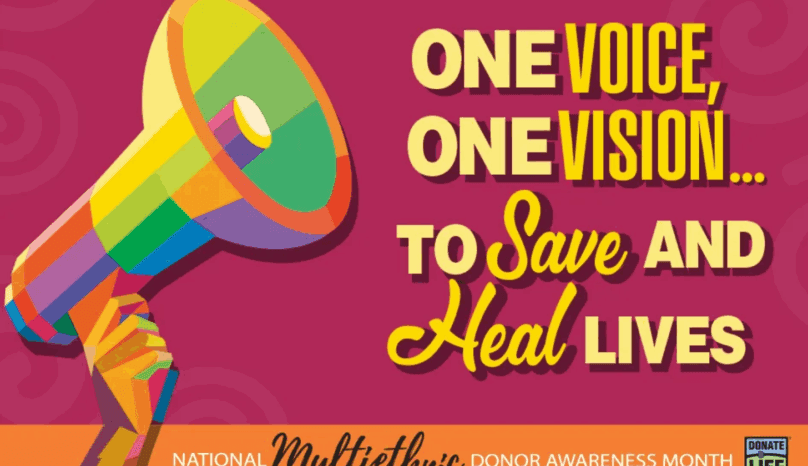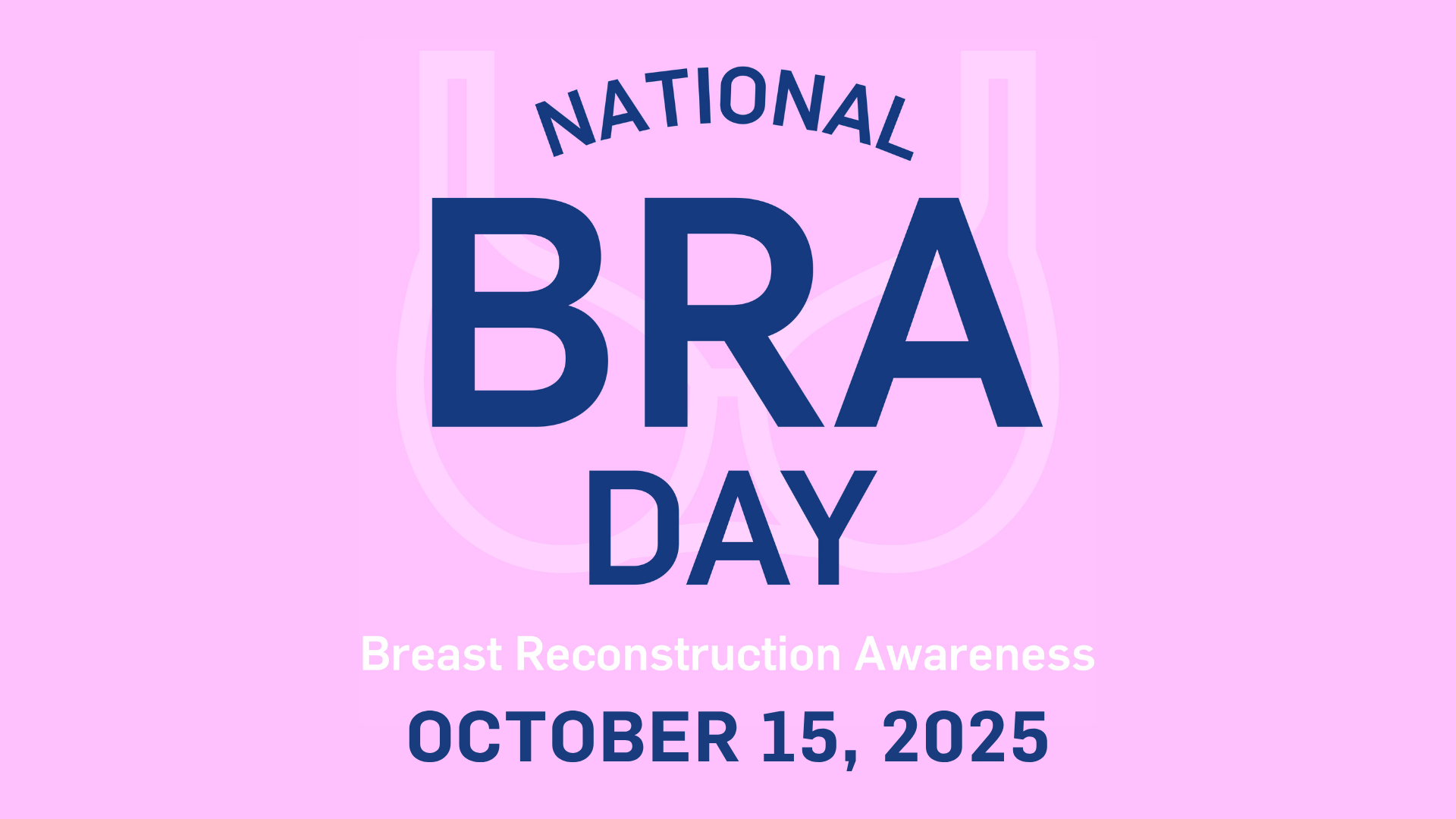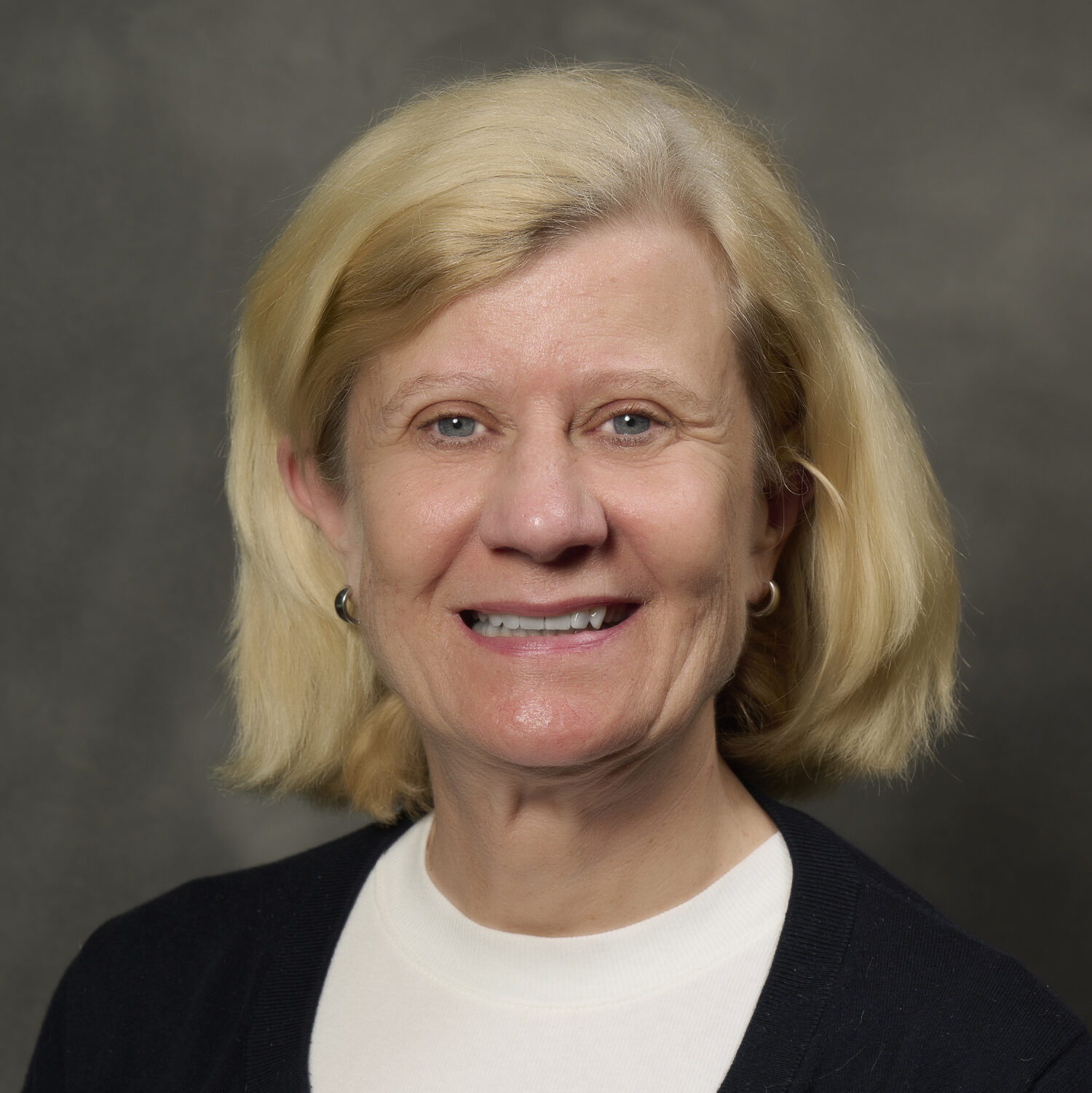As a two-time kidney transplant recipient, Shenelle knows how special the gift of life is. “The first time I received a transplant was in 1999 from a 16-year-old donor named Matt and that gift kept me alive for 13 years,” she said. “Sometimes, transplants don’t last forever. After spending time on dialysis, I received another kidney transplant in February of 2018 from a family who graciously gave me the gift of life for a second time.”
And as a minority recipient, it’s rare for Shenelle to receive two life-saving gifts when there’s an even greater need for organ and tissue transplants among diverse communities.
August is National Multiethnic Donor Awareness Month (NMDAM) and is sometimes called National Minority Donor Awareness Month. This collaborative effort by the National Organ, Eye, and Tissue Donation Multicultural Action Group addresses the number one problem in transplantation: the gap between the demand for organ transplants for people of color and supply of donated organs.
By changing the conversation around organ, eye, and tissue donation across all ethnicities, NMDAM hopes to help save and heal the lives of those within diverse communities and bring a heightened awareness to health disparities that exist for people of color.
To bring heightened awareness to the health disparities that exist within multicultural communities and to encourage more people of color to become registered donors, we’ve compiled a list of the most frequently asked questions about organ donation and minorities.
Q: Do minorities make up the largest percentage of people on the transplant waiting list?
A: Yes. Right now, more than 110,000 people are waiting for a lifesaving transplant in the U.S., with 60 percent of those representing racial and ethnic minorities. More than 30,000 Black patients are waiting for a transplant, followed by more than 22,000 Hispanic and Latino patients.
Q: Why are minority ethnic groups more likely to need a lifesaving organ transplant?
A: Certain diseases that can lead to organ failure, such as diabetes and high blood pressure, are more prevalent in diverse communities. According to the National Institute of Diabetes and Digestive and Kidney Diseases, “African Americans, Hispanics and Pacific Islanders are three times more likely than Caucasians to suffer from end-stage renal disease, often as a result of high blood pressure and other conditions.” Plus, the rate of African Americans who have kidney failure caused by high blood pressure is 20 times higher than Caucasians.
Additionally, groups who have been historically marginalized, including people of color are disproportionately affected by inequities in access to high-quality health care and education.
Q: Do transplants have to come from someone of the same ethnic background?
A: Although it’s not necessary for organ transplant candidates to match based on race or ethnicity, transplant matches within ethnic groups can be more compatible and successful. And with nearly 60 percent of the national transplant waiting list reflecting people from communities of color, Black and Hispanic donors are more likely to be a match. That’s why efforts like National Multiethnic Donor Awareness Month are so important at encouraging more people in all communities to register as organ, eye, and tissue donors.
Q: How many organ donors come from communities of color?
A: Only about 30 percent. Which is why increasing the diversity of organ donors will improve access to transplants for people of color.
The availability of viable, lifesaving organs from diverse donors fails to match the increasing demand, and Shenelle knows how important it is to reverse the trend. “I don’t have the words to thank my donors and their families for this life saving, life altering, and life changing gift that they have blessed me and my family with,” she said. “Since my transplants, I’ve had a career, earned a degree, and saw my first grandchild be born. That is something I never dreamed of and that’s all due to the graciousness of organ and tissue donation. I’m a registered organ donor and so is the rest of my family, and my partner’s family.”
By registering as an organ, eye, and tissue donor, you can bring hope to patients and families who are holding out for a miracle and bridge the gap between the demand for organ donations and the availability of viable, lifesaving organs from diverse donors. Sign up for the donor registry, and increase the chance that patients waiting will get the transplants they need to survive.



